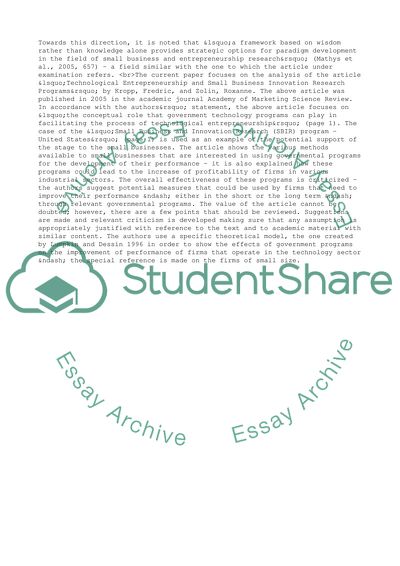Cite this document
(“Small Business Innovation Research Programs Case Study”, n.d.)
Small Business Innovation Research Programs Case Study. Retrieved from https://studentshare.org/business/1722567-critique-of-a-journal-paper
Small Business Innovation Research Programs Case Study. Retrieved from https://studentshare.org/business/1722567-critique-of-a-journal-paper
(Small Business Innovation Research Programs Case Study)
Small Business Innovation Research Programs Case Study. https://studentshare.org/business/1722567-critique-of-a-journal-paper.
Small Business Innovation Research Programs Case Study. https://studentshare.org/business/1722567-critique-of-a-journal-paper.
“Small Business Innovation Research Programs Case Study”, n.d. https://studentshare.org/business/1722567-critique-of-a-journal-paper.


